Newbie....help with growlights setup
j4ck
16 years ago
Related Stories
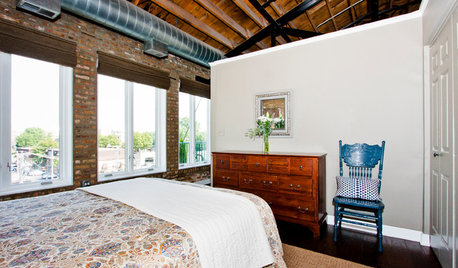
SMALL HOMESHouzz Tour: An Illinois Loft Sparks Renovation Fever
Home improvement newbies (and newlyweds) find joy and a new income source while redoing their space themselves
Full Story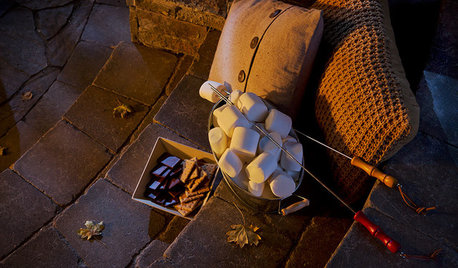
FUN HOUZZHappy National Toasted Marshmallow Day!
Go for some gooey goodness with an outdoor s’more fest to ring in fall
Full Story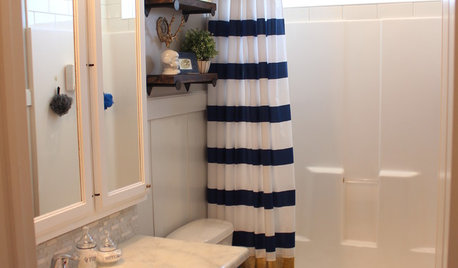
MOST POPULARShe’s Baaack! See a Savvy DIYer’s Dramatic $400 Bathroom Makeover
You’ve already seen her dramatic laundry room makeover. Now check out super budget remodeler Ronda Batchelor’s stunning bathroom update
Full Story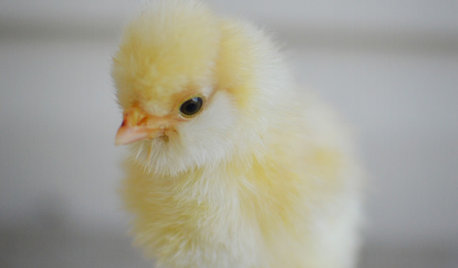
PETSWhat You Need to Know Before Buying Chicks
Ordering chicks for your backyard coop? Easy. But caring for them requires planning and foresight. Here's what to do
Full Story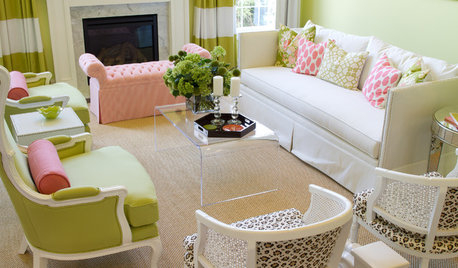
LIFESimple Pleasures: Get a Book Club Going
Kick back with friends and a thought-provoking read for an event that’s entertaining and educational all at once
Full StoryMore Discussions






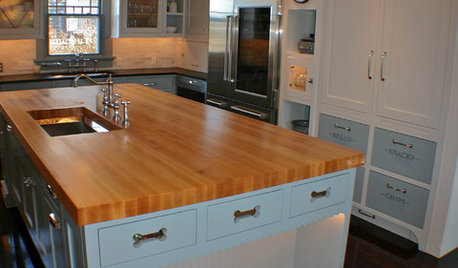
watergal
bettye85
Related Professionals
Lake Oswego Landscape Architects & Landscape Designers · Cary Landscape Contractors · Choctaw Landscape Contractors · Fort Mill Landscape Contractors · Lyndhurst Landscape Contractors · Middle River Landscape Contractors · Peoria Landscape Contractors · Pleasant Grove Landscape Contractors · Vashon Landscape Contractors · Vermilion Landscape Contractors · Wallingford Landscape Contractors · Watertown Landscape Contractors · Lakewood Fence Contractors · Tallahassee Fence Contractors · Schenectady Roofing & Guttersj4ckOriginal Author
rokal
j4ckOriginal Author
shellyinmi